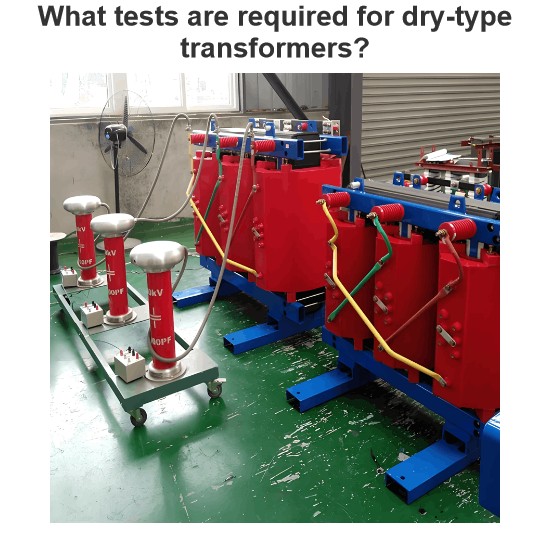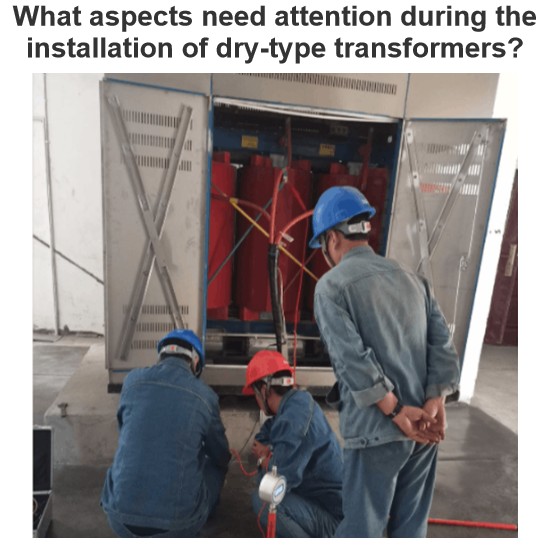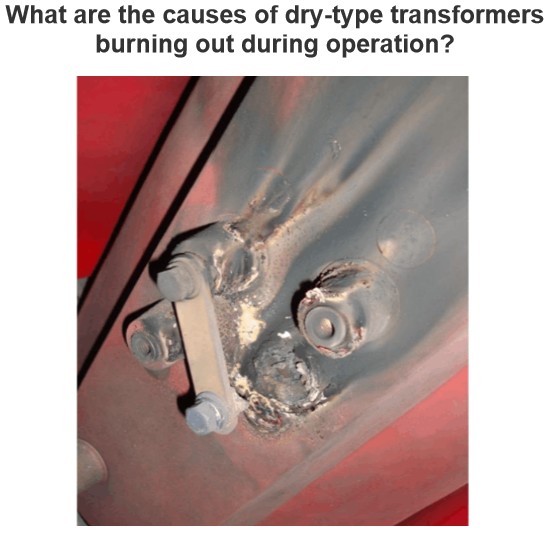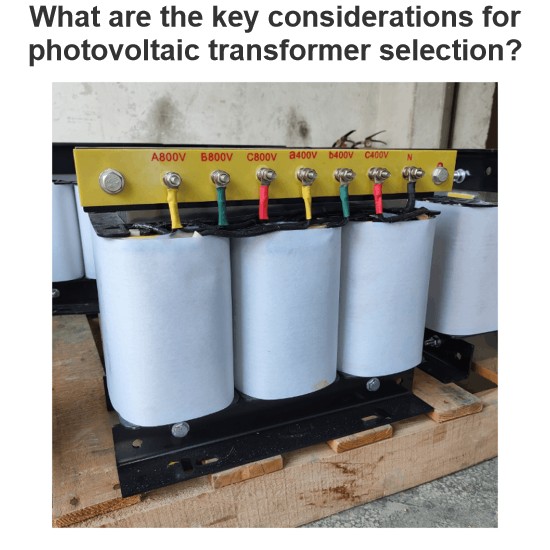How can you select the best transformer for your power system?
How to Choose the Best Transformer for Your Power System
Selecting the best transformer is crucial for ensuring the efficient, reliable, and economical operation of your power system. Below are some key factors and steps to help you choose the right transformer for your power system:
1. Determine Load Requirements
Capacity (Rated Power): Choose a transformer with a capacity slightly higher than your system's maximum load to allow for some margin.
Voltage Levels: Determine the input and output voltage levels to ensure the transformer meets your system's voltage requirements.
2. Consider Environmental Conditions
Temperature: Select a transformer that can operate effectively in the expected ambient temperature. High-temperature environments may require special designs or cooling systems.
Humidity: High-humidity environments may necessitate transformers with moisture-resistant and anti-corrosion features.
Pollution: Environments with significant dust, salt spray, or other pollutants may require sealed or higher-protection-rated transformers.
3. Choose the Appropriate Cooling Method
Natural Air Cooling (Dry-Type Transformers): Suitable for indoor installation, simple maintenance, but limited in capacity.
Forced Air Cooling: Suitable for larger capacity transformers, using fans to force air circulation.
Oil-Immersed Cooling: Suitable for large capacities and outdoor installations, using oil circulation and radiators for cooling.
4. Consider Electrical Characteristics
Insulation Class: Choose a transformer with an insulation class that meets your system's requirements to ensure safe operation at high voltages.
Short-Circuit Withstand Capability: Select a transformer that can withstand the short-circuit current of your system to prevent damage during faults.
Voltage Regulation: If your system experiences significant voltage fluctuations, consider a transformer with voltage regulation capabilities.
5. Evaluate Efficiency
No-Load and Load Losses: Choose a high-efficiency transformer to reduce operating costs and energy waste.
Efficiency Standards: Refer to international or national standards (such as IEEE, IEC, DOE) to select transformers that meet efficiency requirements.
6. Consider Installation and Maintenance
Size and Weight: Ensure the transformer's size and weight are suitable for the installation location, especially in space-limited areas.
Maintenance Requirements: Choose a transformer that is easy to maintain to reduce maintenance costs and downtime.
Installation Location: Consider whether the installation is indoors or outdoors and select the appropriate protection class and cooling method.
7. Economic and Lifecycle Costs
Initial Cost: Consider the purchase cost of the transformer, but do not base your decision solely on this factor.
Operating Cost: Consider the operating costs, including electricity and maintenance fees.
Lifecycle Cost: Evaluate the total cost of ownership, including initial cost, operating cost, and maintenance cost, to choose the most cost-effective solution.
8. Compliance and Certification
Standards and Regulations: Ensure the transformer complies with local and international standards and regulations (such as IEEE, IEC, UL).
Certifications: Choose transformers that are certified by relevant bodies to ensure quality and safety.
9. Supplier and Support
Supplier Reputation: Choose suppliers with a good reputation and extensive experience.
Technical Support: Ensure the supplier can provide timely technical support and after-sales service.
By following these steps and considerations, you can select the best transformer for your power system, ensuring efficient, reliable, and economic operation.
The Electricity Encyclopedia is dedicated to accelerating the dissemination and application of electricity knowledge and adding impetus to the development and innovation of the electricity industry.













